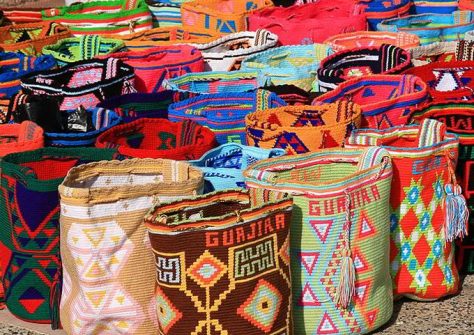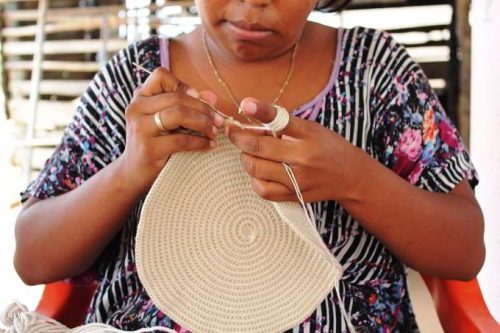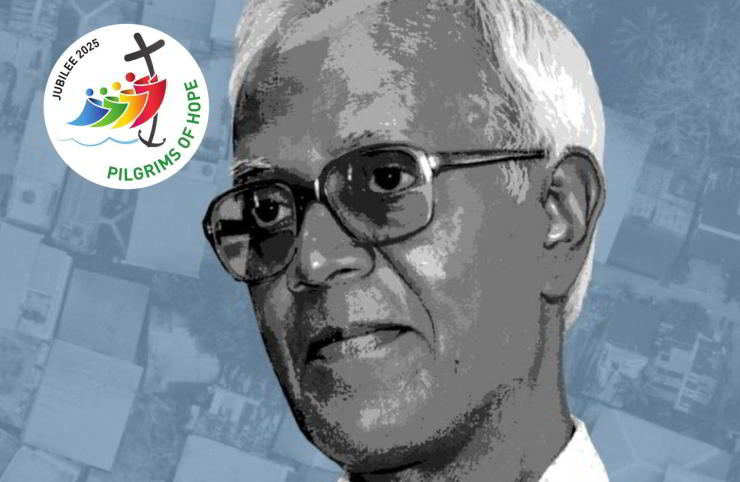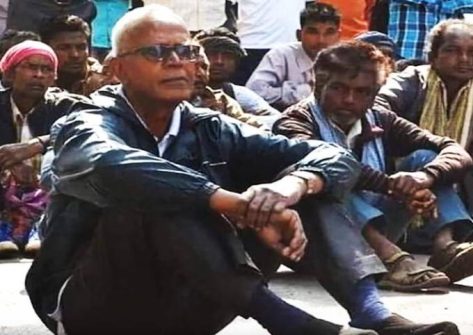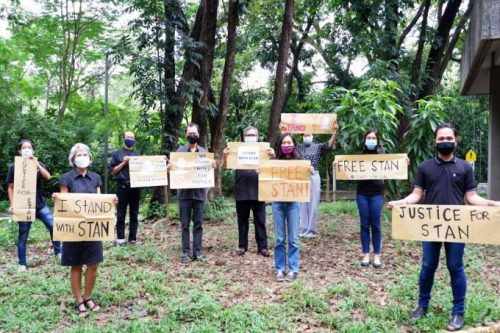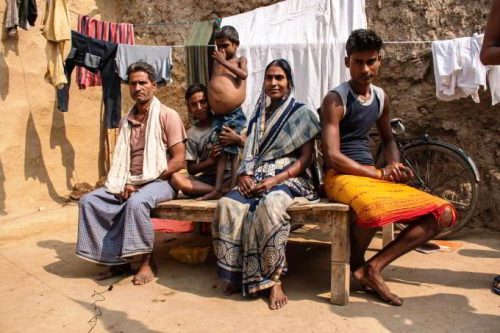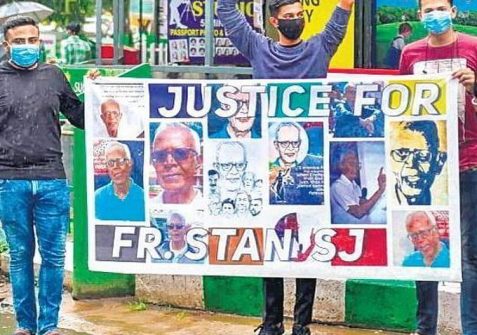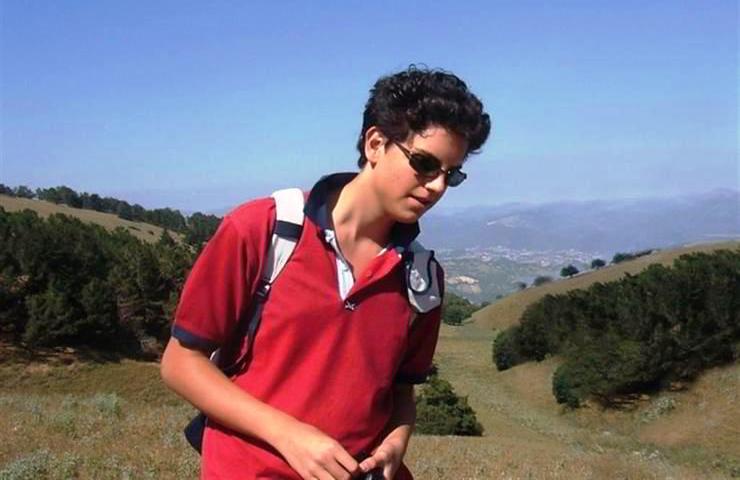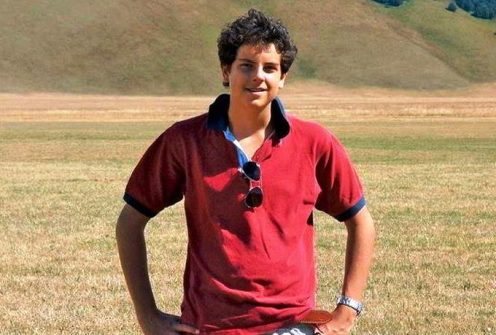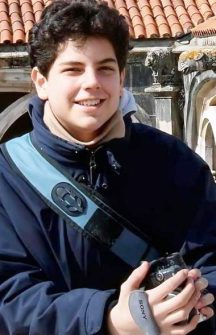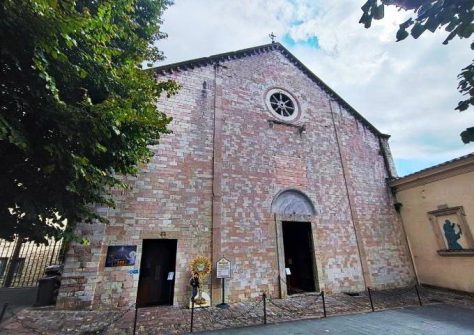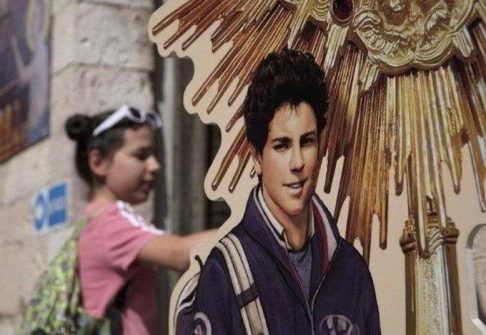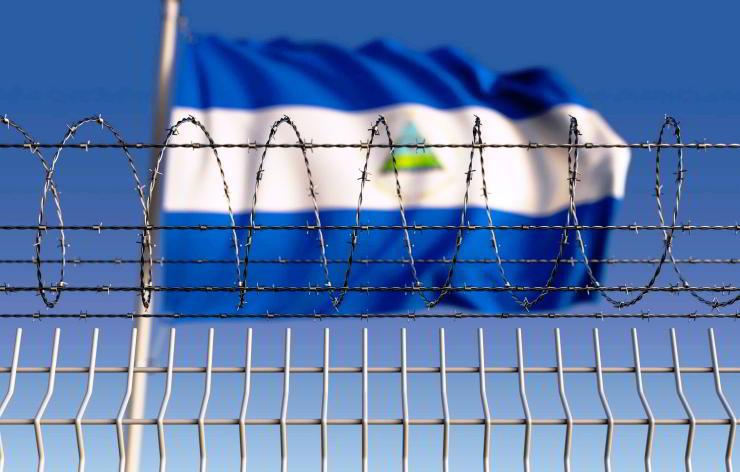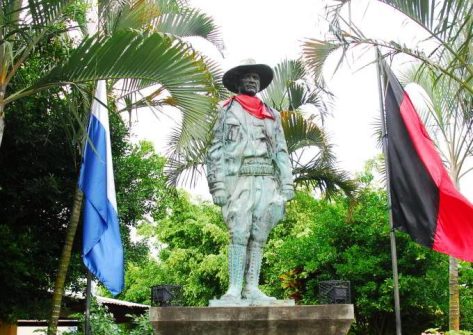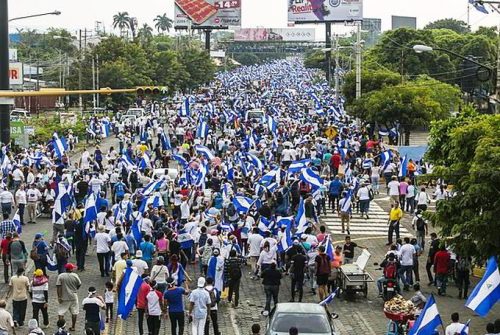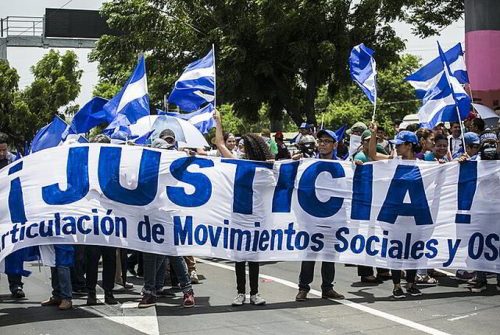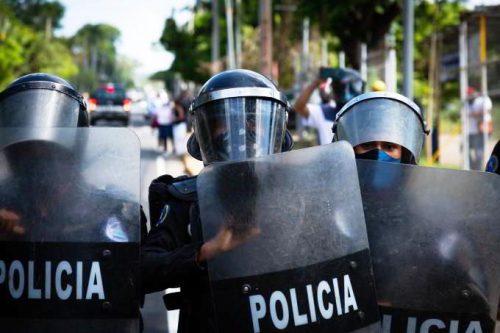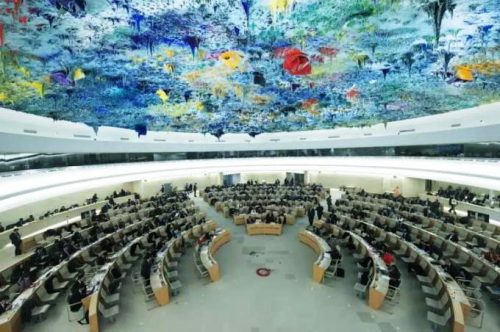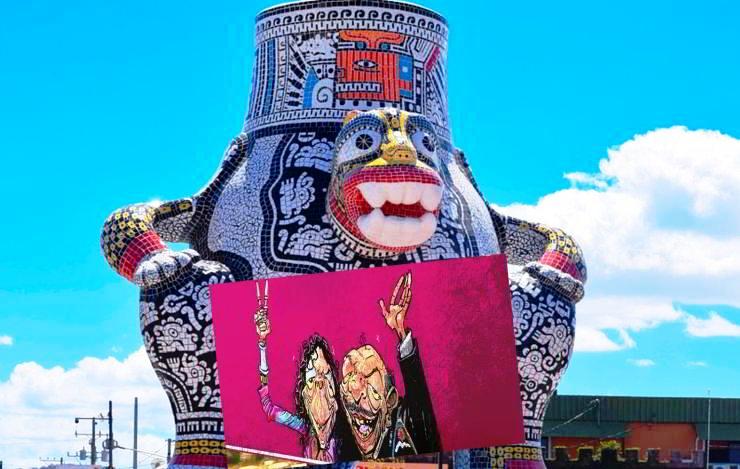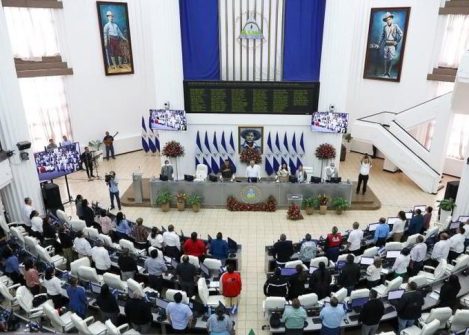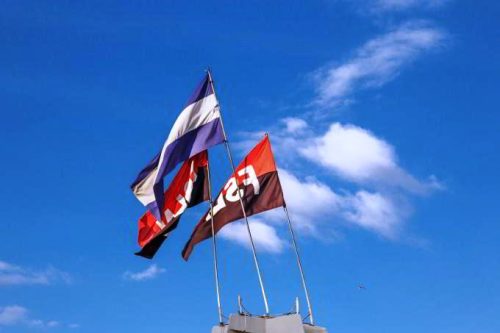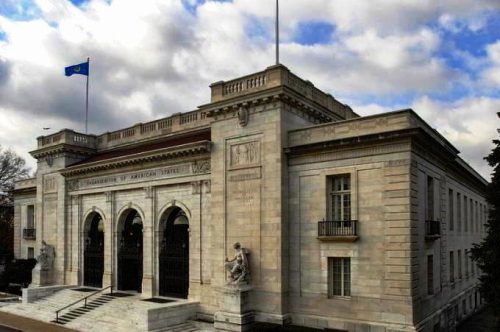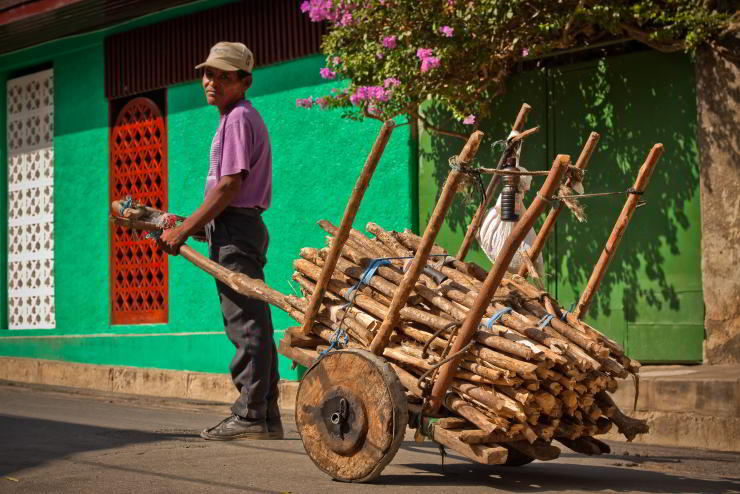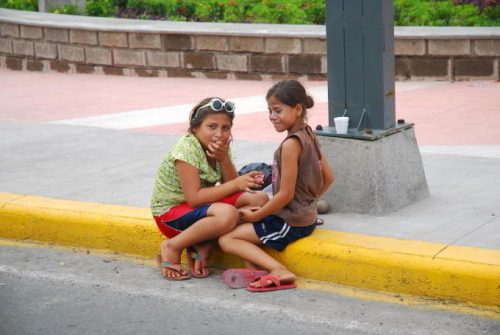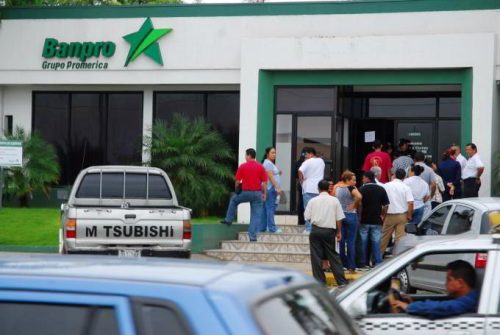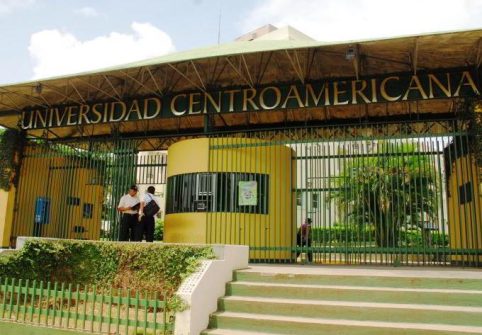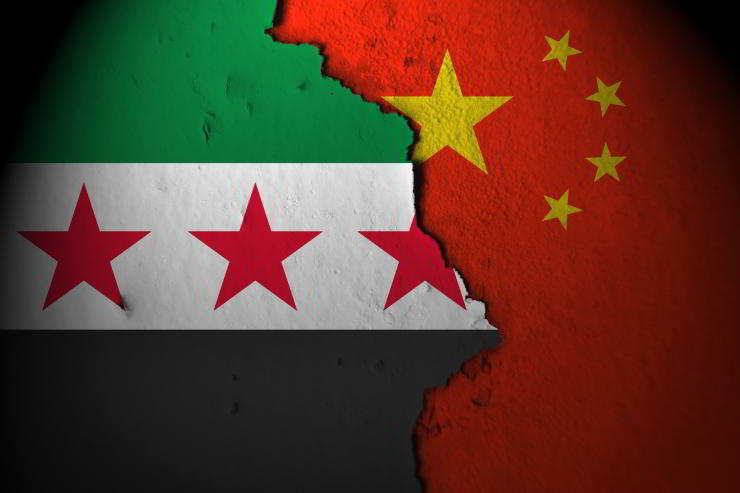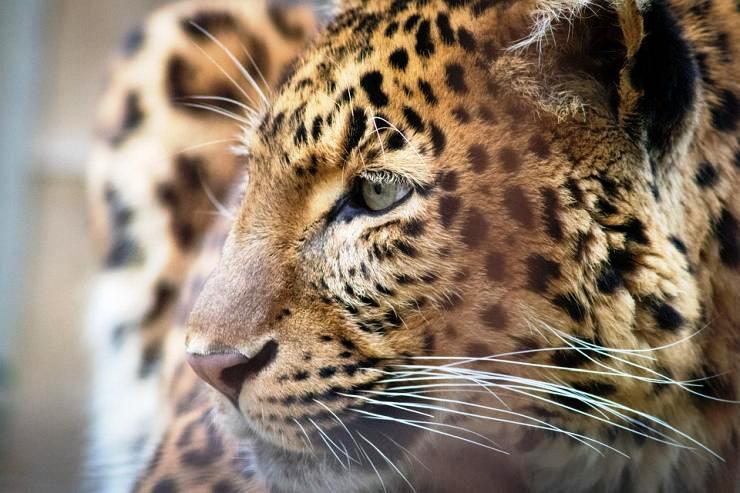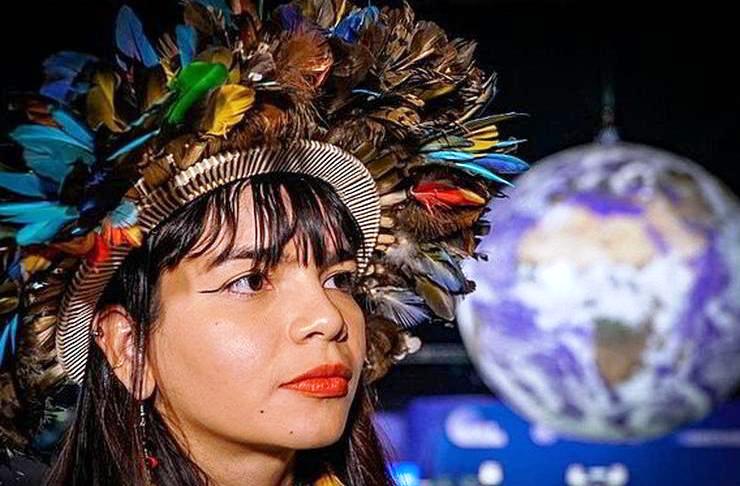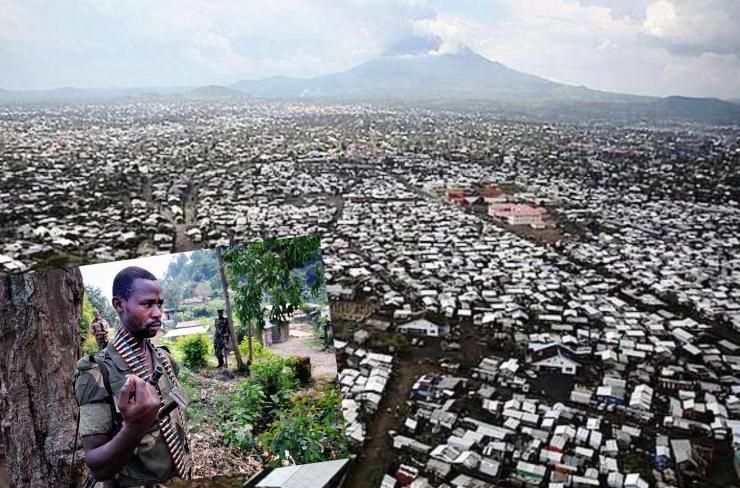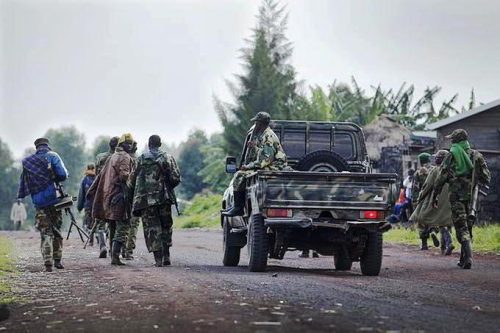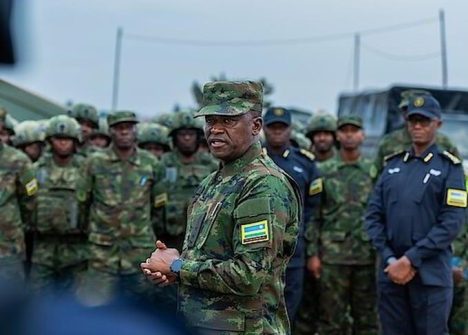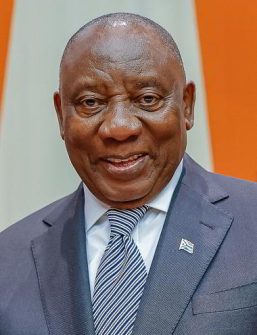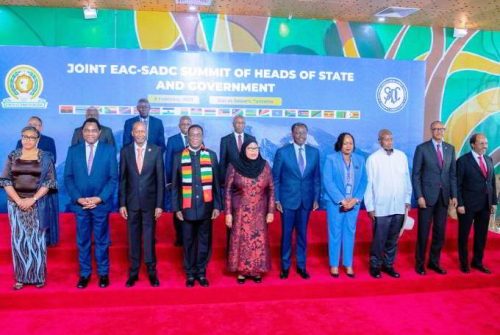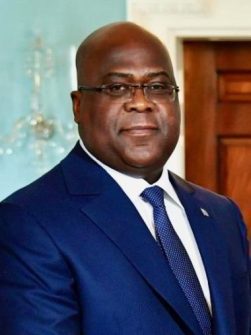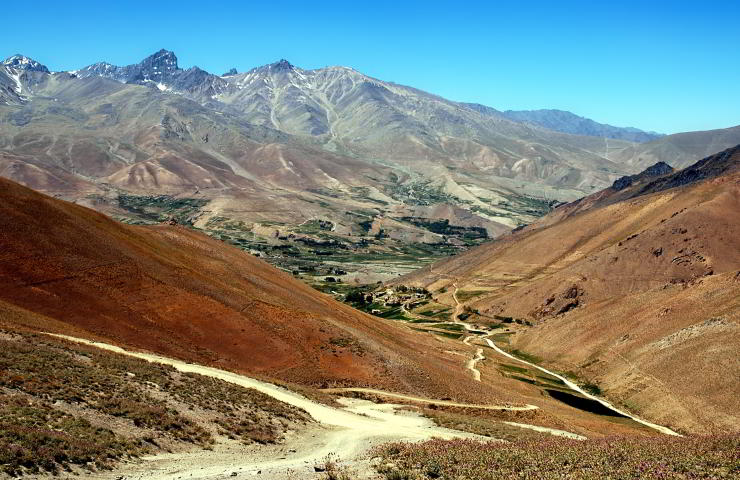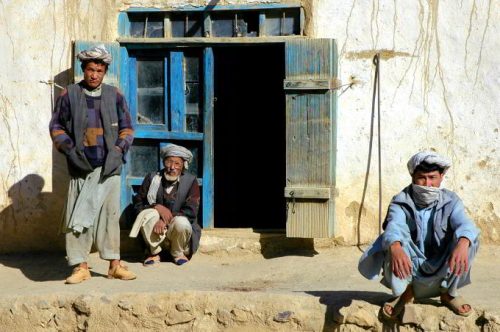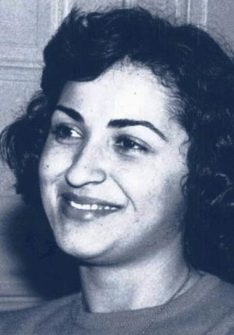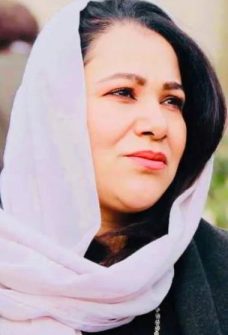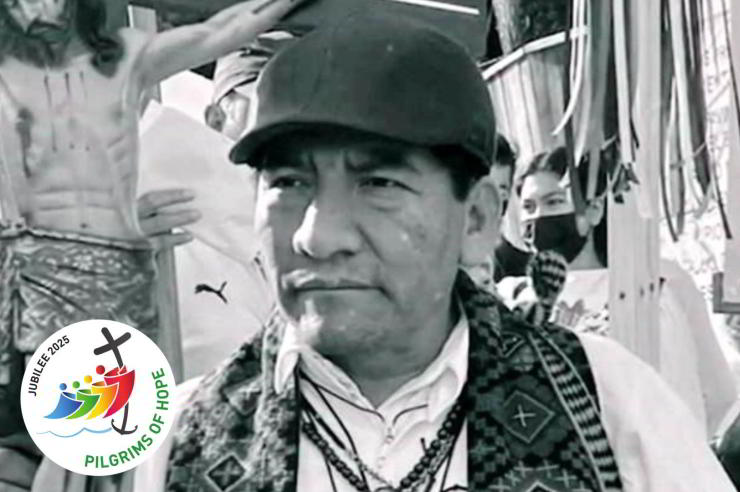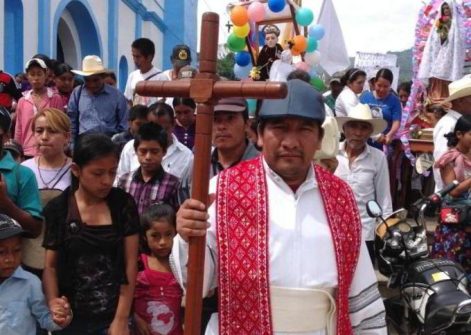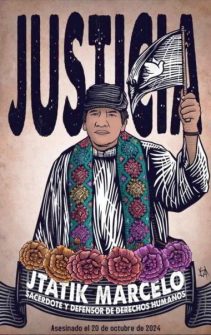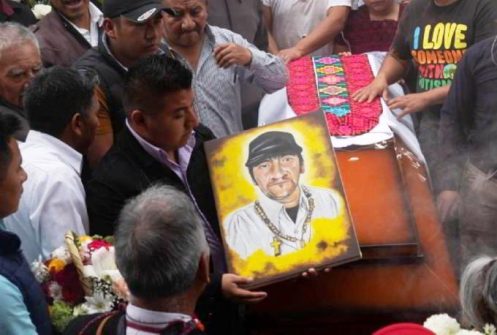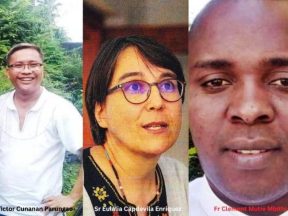Once upon a time, there was a leopard. He had a huge walnut tree that was full of nuts. Stingy as he was, however, he forbade anyone to touch the nuts and threatened to kill them if they did so.
The tortoise was also aware of the ban, but when he saw the ripe nuts, he could no longer resist the temptation. He went to the dog, his good friend, and said to him, “Dear friend, the leopard’s nuts are ready. Would you like to have some?”
“I’ve wanted some for a long time,” the dog confessed, “but I’m afraid. If you come, I’ll try and get some.” “Let’s go tomorrow,” concluded the tortoise, “we must leave very early.
The next morning, at dawn, they set off. The tortoise carried his old satchel under his arm and said, “Listen, friend. I have a piece of advice for you. A nut may fall on your head while we are under the tree; promise me you will not scream but endure it patiently, saying to yourself: ‘Makembekembe ma motu la motu! The dog replied: “Why should I scream? I know the leopard could hear us and would devour us in a moment. That is only natural – said the tortoise – and you could save yourself by running like the wind, whereas I would certainly be caught.”
They arrived under the walnut tree. There were beautiful walnuts on the ground and plenty of them. The tortoise began to pick them and put them in his satchel. The dog was also happy to collect them. The tortoise had a hard time keeping him quiet. Suddenly there was a rustling in the leaves and a big walnut fell on the tortoise’s shield. But the tortoise just picked it up whispering: ‘Makembekembe ma motu …’. Then he said to the dog, “See? You can do the same”.
Shortly afterward there was again rustling in the leaves and another walnut fell, but this time it hit the dog on the head: ‘Ahi! Ahi!’ he yelped, throwing off his satchel and running home. “Oh dear!
I am lost!” thought the tortoise, as he had already heard the leopard coming. He was just in time to duck under the leaves when the leopard arrived. He immediately found the dog’s satchel.
“So – he thought angrily – there are thieves here! They will pay for this!” He began to search, but in vain. In the meantime, the turtle had taken refuge under the roots of the walnut tree.
He was about to leave when a little green and white bird began to sing: “Under the tree! Under the tree!” The leopard began digging with his claws until he discovered the poor tortoise. “Ah! – he cried triumphantly -. You are the thief. Now I’ll take you home and you’ll see.” He was about to put him in the new bag when the turtle said, “My dear friend, don’t put me in your bag, I’ll ruin it for you; put me in this old one.” “You are right – said the leopard. You’ll look good in the old one too.”
The tortoise knew that the old satchel had a hole in it through which he could escape. He immediately got to work: he moved some strings, forced aside some slats and managed to drop out onto the grass.
He immediately ran home, rested a little to recover from his fright, and then went to his dog friend to give him a piece of his mind. Meanwhile, the leopard had also arrived home and immediately ordered water to be put on the fire to boil. Then he sent someone to invite his friends to the feast so that they could eat the turtle together.
The guests arrived. As the water began to boil, the leopard impudently opened his satchel. But the turtle was gone. He desperately rummaged through the leaves and nuts which fell noisily through the hole to the ground. He then realized how his prey had escaped. The guests could not contain their laughter and some accused the leopard of mocking them. So, amid the jeers and insults, they left. The leopard, furious, lay down on his bed and pondered how to get his revenge.
The misadventure did not in the least affect the friendship between the dog and the tortoise. On the contrary, they continued to visit each other, happily discussing their failed adventure. The dog took the opportunity to promise that after their experience, he would not say a word even if a hundred nuts fell on his head. So, in the end, they agreed to try a second expedition. On the appointed day they set off for the walnut tree.
The tortoise carried a large satchel in which to collect the nuts. He wanted to keep the dog close to prevent him from doing any more mischief. They found lots of walnuts and worked quickly to get away as soon as possible. But just as they were leaving, they heard the usual rustling and a nut fell on the dog’s back.
The dog ran off yelping and the tortoise had no time to look back before he found himself in the leopard’s claws. The leopard ran home with joy. The dog had not run far, but hiding behind a bush, he saw the leopard put the tortoise in his new satchel. He felt remorse and began to think seriously about how to save his friend. …what could he do?
He went to the sorcerer for advice. The sorcerer took some long necklaces of shells, added bells and other trinkets that would make noise, and wrapped them all around the dog, disguising him well, and tied a gourd full of pebbles to his tail. Then he gave him instructions. “Go immediately to the river and hide there. In a little while the leopard’s servants will come to draw water; when they are near, jump out at them, barking and wriggling like mad. They will all run away; not even the lion will be able to resist you,” the sorcerer told him.
This pleased the dog, who left at once. Meanwhile, the leopard, having reached home, called his friends together again. He built a fine fire while he watched his prey in full view, and when the guests were assembled, he showed them the turtle. Now it was time to put it in the pot, and he noticed that there was no water. He immediately sent his servants
to the river.
Meanwhile, he told them how he had caught the thief. He was still telling certain details of the story when the servants rushed into the house with loud cries of horror. They could not restrain themselves as they babbled that there was a monster at the river, so terrible that by some miracle they had not died of fright. “Nonsense!” said the leopard, and asked some friends to go and draw water. But soon they too returned, out of their minds with fright, and confirmed the servants’ account. Then the lion got up and said with contempt: “I will go myself! What monster would dare face me?” But soon he too returned, trembling and with his mane all bedraggled.
Everyone was struck with horror. “In all my life – said the lion – nothing like this has ever happened to me. There must be some witchcraft going on, for what I saw was not a beast, but a horrible monster that leaped out at me and made me fall down in terror. But I jumped up bravely and managed to escape.”
The leopard was beside himself. No one dared to go to the river anymore. Everyone talked about the terrible monster as if they had seen it. The leopard was also afraid, but then he had an idea. He stood among the guests and said: “Dear friends, thank you for coming and trying to help me. I too believe that at the river there is a beast so terrible that it frightens even the lion. But I am convinced that if we all go together, we can catch it and kill it. We will have one more bite for our dinner.
A general murmur followed this speech. The animals consulted among themselves: the strongest decided to attempt the feat and the shyer ones joined them. In the end, the whole group moved with the lion and the elephant in the lead, followed by the leopard.
One thought dominated everyone: “What will happen when we get to the river?”. When the last animal had left the house, the tortoise also set off, but in the opposite direction. He had guessed the dog’s stratagem to save him. How would he fare in front of the whole army of the forest? He was now the one to worry about her friend’s safety. But along the forest path, the dog came to meet him, surprised but happy to see him
safe and sound.
The leopard and his friends were astonished when, having reached the river, they found everything quiet and calm. They turned back disappointed, while the leopard smiled under his moustache, thinking about the turtle to be cooked. But he no longer laughed when at home he found that it had escaped once more.
Then everyone left, showering him with abuse and swearing that they would never again accept an invitation from him. Instead, great was the joy of the dog and the tortoise in finding themselves safely home again. “Forgive me”, said the dog. “Never mind – replied the turtle – You were good and you saved my life. But we won’t go and steal any more nuts! It is far too dangerous. “(Photo: Pixabay)
Folktale from the Kikuyu People, Kenya


